
Dogs
The Old English sheepdog, also known as the bobtail, is a big shaggy teddy bear of a dog. He loves to romp and play with children but also enjoys some time alone. His shaggy coat requires lots of care or frequent trips to the groomer.
It is thought that the Old English sheepdog was developed in the early 1800s in southwestern England. The breeds used to develop this unique breed are debated but these dogs were referred to as drovers and used to drive sheep and cattle to market. Early on, their tails were docked as a way to identify tax-exempt working dogs, which lead to them being referred to as bobtails. Their thick shaggy hair coat was often sheared each spring and spun and used in blankets and clothing.
By the late 1880s, the sheepdog was imported to the United States where they were quite popular with several of the wealthiest American families. By 1905, the Old English sheepdog was recognized by the American Kennel Club as a member of the herding group.
The Old English sheepdog is a compact dog with a topline that slopes upward from the shoulders to the hips, which is uncommon among dogs. The head is large with small ears that lie flat. The eyes can be blue or brown or one of both. The tail docked close to the body if not born with a bob tail. The shaggy coat of the sheepdog is characteristic. The coat is double and long. The color can be blue, grey or blue merle with white markings. The sheepdog has a rolling bear-like gait.
The adult Old English sheepdog stands around 20 to 24 inches at the shoulder and weighs about 60 to 65 pounds but some have grown to over 100 pounds.
The Old English sheepdog is a big gentle and loving dog. Most are very affectionate but some can be aggressive toward strangers if not properly socialized.
The Old English sheepdog does best as part of a family with children. He loves nothing better than playing with the kids but does need some time alone. Sheepdogs have a strong herding instinct and may try to herd small children. Although this dog is big, he is not that active and often be found lounging on the sofa. He can do well in an apartment if taken on daily walks or in the country with a fenced yard.
Some sheepdogs can be stubborn and independent, making training a little frustrating. Training should be done with a firm but kind hand.
The Old English sheepdog has plenty of hair, which required daily brushing to prevent mats and tangles. Usually in the spring, the coat sheds heavily.
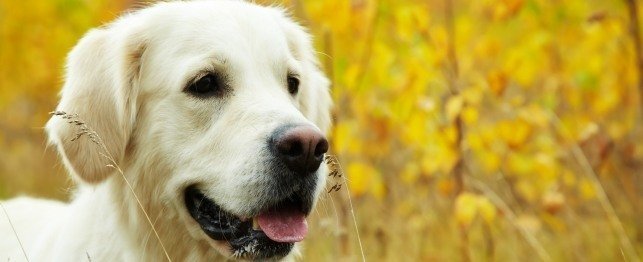 Golden Retrievers - Choosing a Golden Retriever
Golden Retrievers - Choosing a Golden Retriever
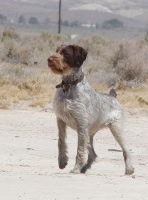 German Wirehaired Pointers: A guide to dogs and puppies of the German Wirehaired Pointer breed
German Wirehaired Pointers: A guide to dogs and puppies of the German Wirehaired Pointer breed
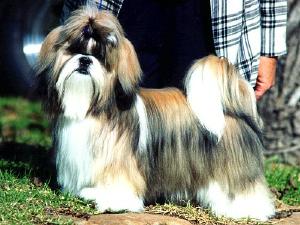 Shih Tzu
Shih Tzu
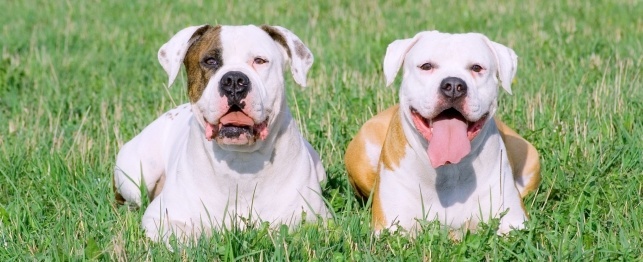 American Bulldog: Choosing an American Bulldog
American Bulldog: Choosing an American Bulldog
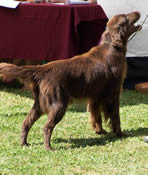 Flat-Coated Retrievers: A guide to dogs and puppies of the Flat-Coated Retriever breed
Flat-Coated Retrievers: A guide to dogs and puppies of the Flat-Coated Retriever breed
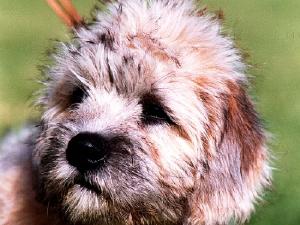 Dandie Dinmont Terrier
Dandie Dinmont Terrier
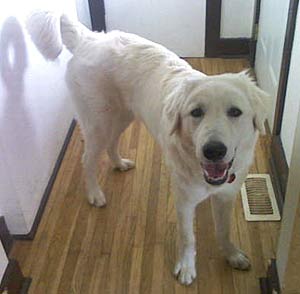 Akbash
Akbash
Akbash
Akbash
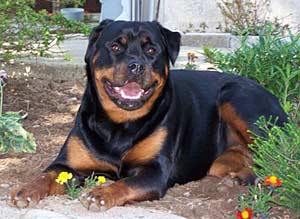 Rottweiler
Rottweiler
Rottweiler
Rottweiler
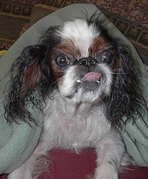 English Toy Spaniels: A guide to dogs and puppies of the English Toy Spaniel breed
The English Toy Spaniel!
The English Toy Spaniel is a sturd
English Toy Spaniels: A guide to dogs and puppies of the English Toy Spaniel breed
The English Toy Spaniel!
The English Toy Spaniel is a sturd
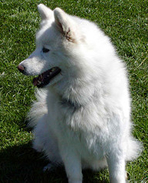 Samoyeds: A guide to dogs and puppies of the Samoyed breed
The Samoyed!
The Samoyed has a compact muscular body that b
Samoyeds: A guide to dogs and puppies of the Samoyed breed
The Samoyed!
The Samoyed has a compact muscular body that b
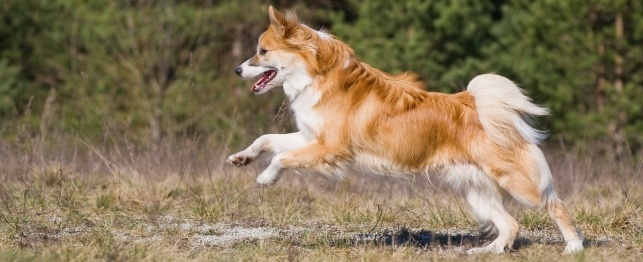 Choosing an Icelandic Sheepdog
Choosing an Icelandic Sheepdog
Choosing an Icelandic Sheepdog
Choosing an Icelandic Sheepdog
Copyright © 2005-2016 Pet Information All Rights Reserved
Contact us: www162date@outlook.com